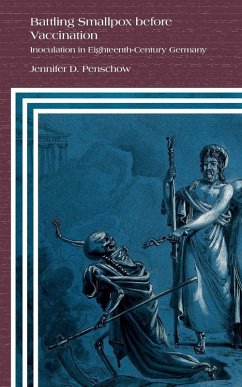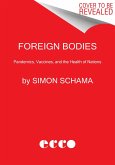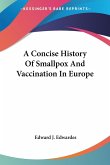When smallpox inoculation entered western medical practice in 1721 it aroused considerable controversy. A broad-based cohort of enlightened Germans such as publishers, poets, pastors and elite women attempted to dispel the doubts and encourage the innovative procedure. Yet many parents remained fearful, and the contagiousness of inoculation also necessitated a new approach. National pride in the past defeat of bubonic plague aroused optimism that smallpox could be banished using a similar strategy. The arrival in 1800 of Jenner's vaccine ended the debates by offering yet another promising new approach. Battling Smallpox before Vaccination explores the social and medical impacts of inoculation. It offers belated recognition for the valiant attempts of the many protagonists battling against the so-called 'murdering angel' before Edward Jenner's discovery of vaccination. It provides a comprehensive description and penetrating analysis of the understanding and perception of smallpox, the propagation of pro-inoculation information, varied reactions to inoculation, and debates over the idealistic goal of eradicating smallpox.
Bitte wählen Sie Ihr Anliegen aus.
Rechnungen
Retourenschein anfordern
Bestellstatus
Storno








